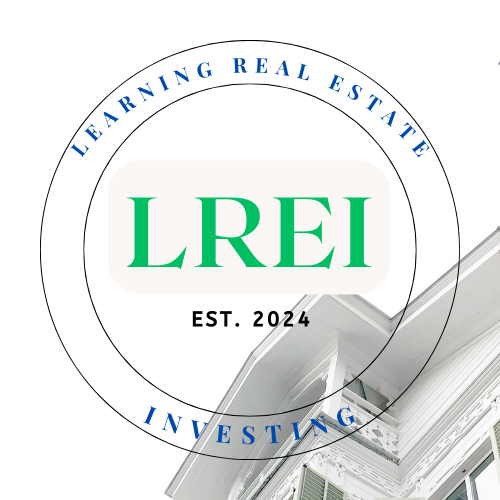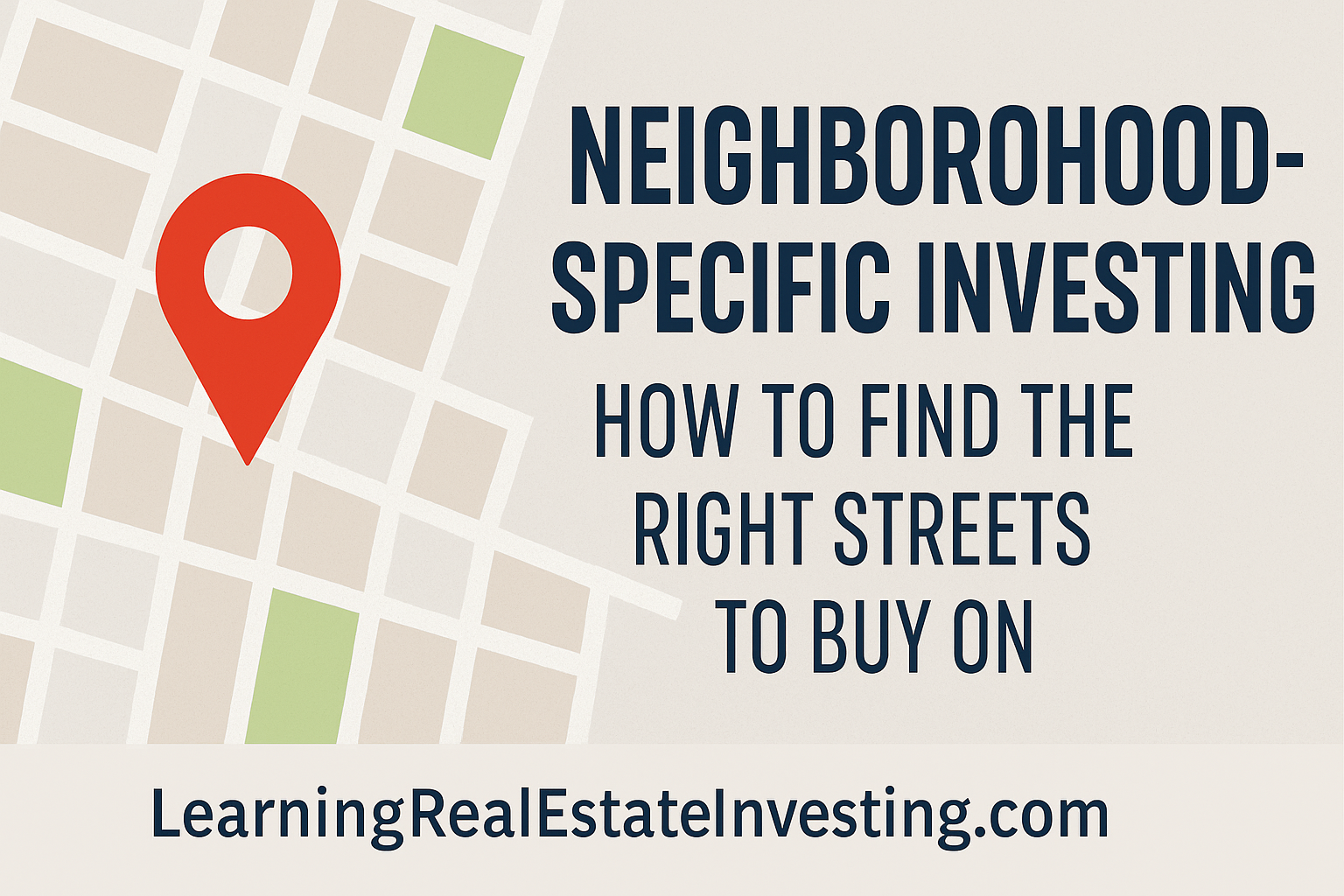Neighborhood-Specific Investing: How to Find the Right Streets to Buy On
The smartest investors don’t just choose the right city—they pinpoint the right neighborhoods and even the right blocks.
It’s not enough to know that a city is “hot.” A single metro can have neighborhoods that appreciate at double-digit rates while others barely move. Seasoned investors understand that street-level investing—focusing on the micro-markets within a city—is what separates average deals from exceptional ones.
Want my full neighborhood analysis checklist?
Why Neighborhood Analysis Matters
In 2025, data shows wild variation across neighborhoods—even within the same city. For example, one part of Dallas may be appreciating 14% annually while another only grows 2%. Picking the wrong side of town can mean the difference between positive cash flow and a stagnant investment.
Key drivers of neighborhood performance include school quality, safety, walkability, job proximity, and planned development. Investors who analyze these factors consistently outperform those who just buy into “hot cities.”
Factors That Define a Profitable Neighborhood
- School District Quality: Homes in top-rated districts command higher resale values and attract stable tenants.
- Amenities: Parks, shopping centers, gyms, and transit hubs increase rental demand and appreciation potential.
- Crime Rates: Safer neighborhoods experience fewer vacancies and attract long-term tenants.
- Planned Development: Upcoming projects—like a new subway line, stadium, or business park—can skyrocket demand.
- Walkability: In urban areas, walkability scores strongly correlate with property value growth.
- Employment Hubs: Proximity to job centers keeps rental demand high.
How to Research Neighborhoods
Finding the right block requires digging deeper than Zillow or Redfin. Use these tools and methods:
- Data Portals: Explore city websites, census data, and local planning commissions for crime, school, and development trends.
- Talk to Locals: Agents, property managers, and even shop owners often know where investment is flowing.
- Walk the Streets: Visit at different times of day. What feels safe at noon may be risky at midnight.
- Use Heat Maps: Tools like NeighborhoodScout and Roofstock highlight block-level appreciation and rental trends.
- Track Rent Growth: Compare current rents with 3- to 5-year trends. Consistent increases signal long-term demand.
For a step-by-step neighborhood analysis system, download my free guide.
Case Studies: How Street-Level Investing Creates Wins
Consider two investors in Phoenix in 2024. Investor A bought in a trendy downtown area with high appreciation but also high turnover and vacancy costs. Investor B bought in a nearby neighborhood adjacent to a planned light-rail expansion. A year later, Investor B’s property outperformed by 10% appreciation and enjoyed steady tenants. The difference? Street-level insight.
Another example: In Chicago, one investor purchased on the wrong side of a school district boundary—just two blocks over. The result was $400 less per month in rent and slower appreciation. The boundary line literally cost them thousands in annual return.
Risks of Ignoring Neighborhood Nuance
Failing to analyze neighborhood-specific data can expose investors to:
- Unexpected vacancies due to poor tenant quality.
- Sluggish appreciation despite a “hot” metro headline.
- High turnover from crime or lack of amenities.
- Regulatory risks in areas with strict zoning or rent control.
Action Steps for Investors
- Identify your target city.
- Zoom into neighborhood-level appreciation, rent growth, and school zones.
- Visit in person and validate online data.
- Talk to property managers to gauge tenant quality.
- Prioritize blocks near future infrastructure or redevelopment projects.
Action Step: Learn how to zero in on profitable neighborhoods inside my free guide.
Conclusion
In real estate, success isn’t just about buying in the right city—it’s about buying on the right street. Neighborhood-specific investing allows you to maximize appreciation, minimize risk, and ensure stronger cash flow. By combining data, on-the-ground research, and local insights, you can consistently outperform broader market averages.
The investors who win in 2025 will be those who dig deeper than city headlines and understand the block-by-block dynamics shaping growth.


Leave a Reply